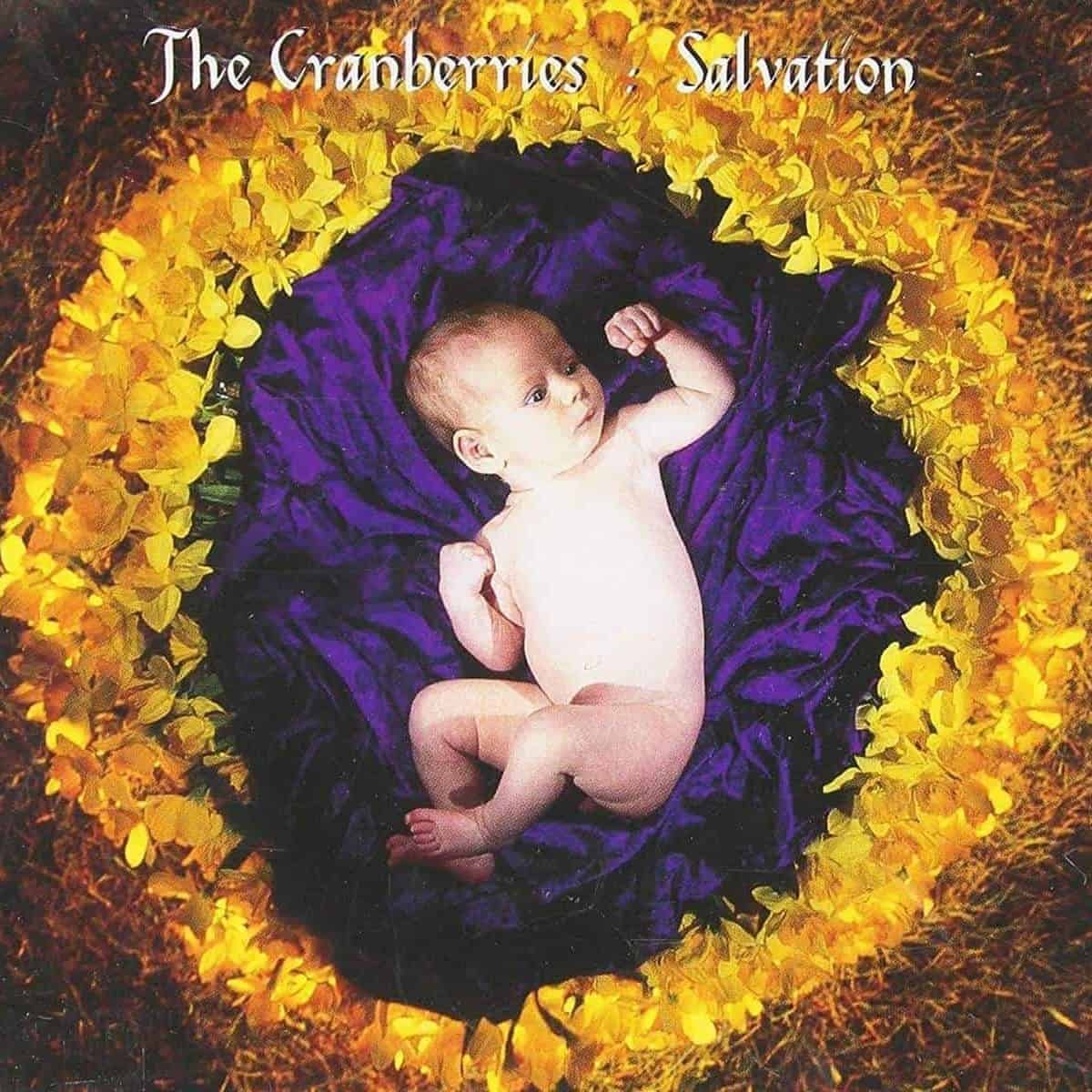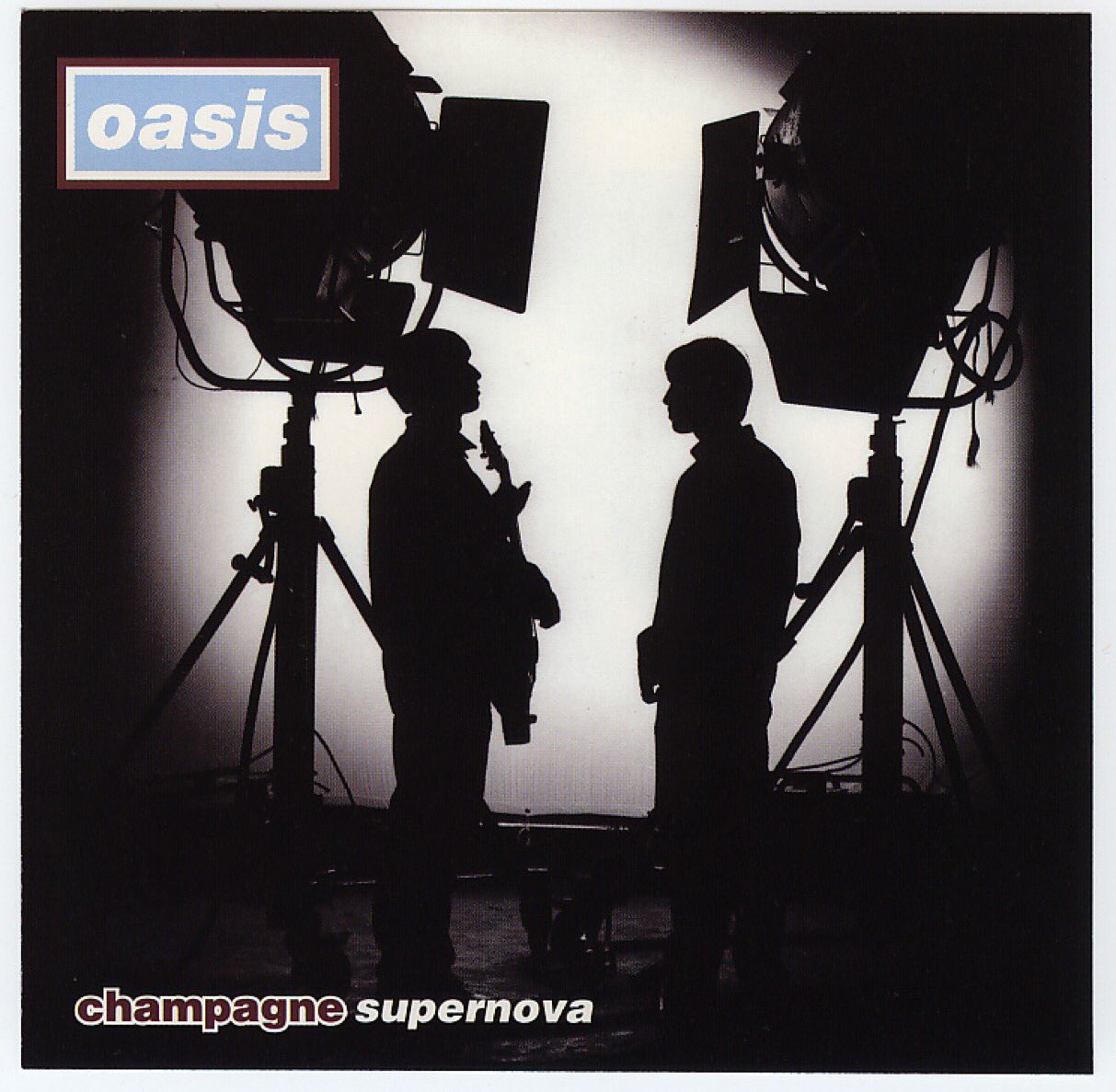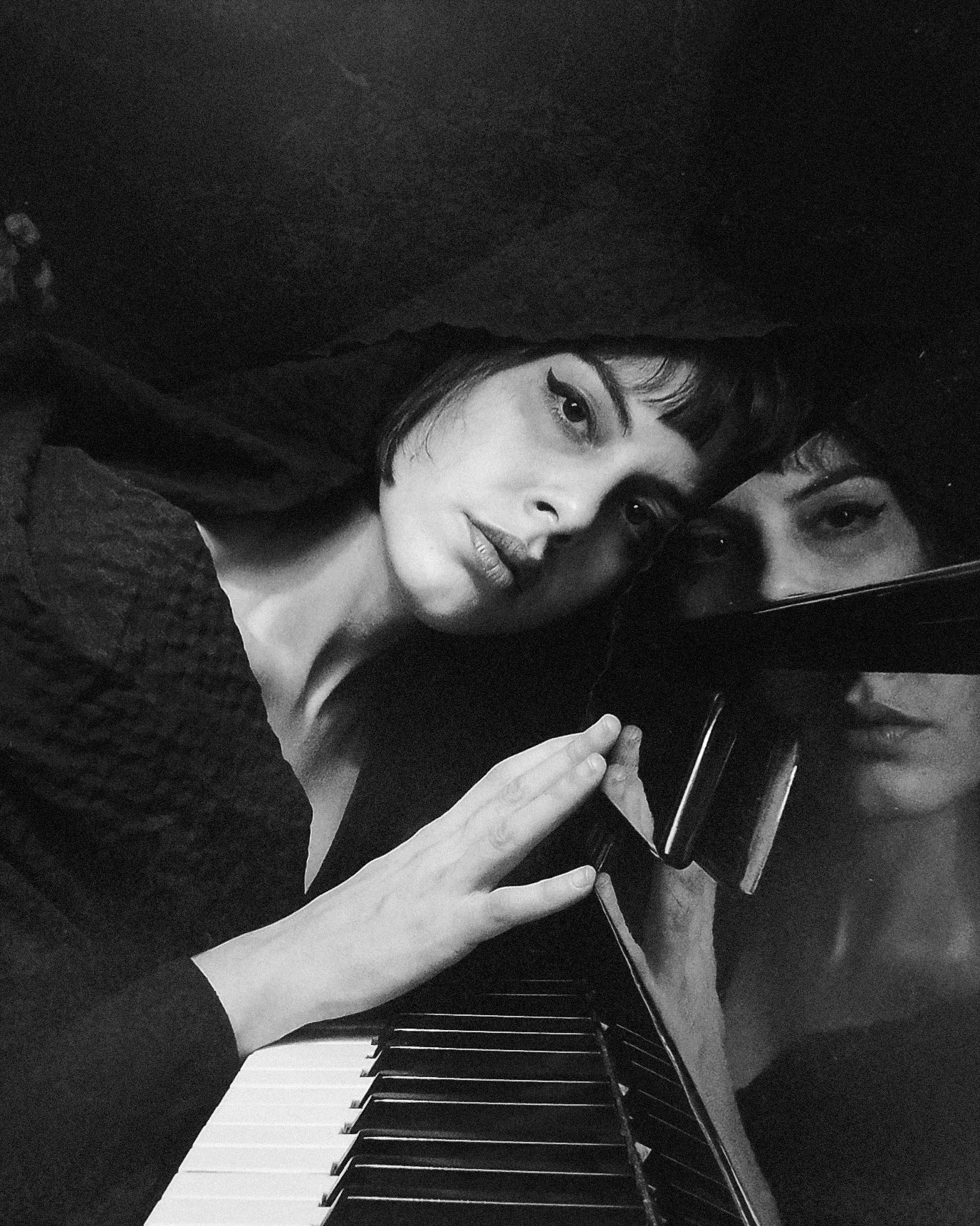Sometimes you hear an album and there is no immediate way to make sense of it. There might be hints, small ways in which you can locate it in the ‘80s or ‘90s or ‘60s or whatever -- production cluing you into the technology available, lyrical allusions to specific events. But it still sounds like it occurred in a slightly altered version of that reality, emanated less from the world you know and recognize and more from an echo or reflection. Something tapped into a place you can’t quite reach on your own until the album brings you there. These are the albums that exist out of time, not just removed from the trends of their era but seemingly the product of a visitor who isn’t even aware of that era, but is looking for something more eternal.
When the Waterboys released Fisherman’s Blues 30 years ago, in October of 1988, they unveiled one of those albums. For a stretch in the mid-‘80s, it looked as if the Waterboys could ascend to the arena-headlining stature of some of their peers. With Fisherman’s Blues, everything was rewritten.
Over the course of their existence, there have been tons of members who came in and out of the Waterboys. Some were more important, more prominent. But at the wheel, the man whose vision defined the group, was always their Scottish frontman, Mike Scott. For their first several albums, that vision was for cinematic rock that often drew comparisons to acts like U2 or Simple Minds, two groups for whom the Waterboys once served as an opening act. There was even a term for the sound the Waterboys were chasing in those earlier days: the Big Music.
The name originated with a song on the Waterboys’ 1984 sophomore effort A Pagan Place, but it also characterizes their self-titled 1983 debut and their 1985 classic This Is The Sea. “I have heard the big music/ And I’ll never be the same,” Scott sings in the song’s opening lines. “I have drowned in the big sea/ Now I find I’m still alive.” It played as a manifesto for the Waterboys, while also occasionally being applied to associated Irish and Scottish acts like the aforementioned U2 and Simple Minds as well as Big Country. There could be a vague, open quality to the idea, the very phrase “big music” seemingly necessitating a definition (or lack thereof) capacious enough to sum up everything, to sum up life.
Aesthetically, there were reverbed ‘80s snares and Wall Of Sound layering and a reach for grandeur. But there was also, with the Waterboys as well as the handful of artists otherwise labeled with the moniker, a true mission statement behind the Big Music. This was music that intended to commune with something greater, to locate a spiritual truth. U2 and Simple Minds took that to larger and larger crowds soon enough. The Waterboys searched for it for years.
There’s great material spread throughout the Waterboys’ first two albums, material that also suggested the Big Music. The chiming churn of “December” from their debut, or the drama of “All The Things She Gave Me” and “Rags” from A Pagan Place, the otherworldly allure of that album’s title track. But it was on This Is The Sea where Scott finally realized this vision. All along the way, the Waterboys were thoroughly a rock band; like many of his generation, Scott had come up as a punk but aged into a musician who drew from a wider array of references.
Maybe because of the prevalent saxophone or the fact that even with a bit of ‘80s sheen the Waterboys often came across like a bar band, some of their work also sounded like a scragglier Bruce Springsteen. (Scott once ran a short-lived zine called Jungleland, after Born To Run's monolithic closer.) While Scott possessed the fervor and ambition of Springsteen's most widescreen moments, he sang closer to Dylan, sometimes leaning into a reedy and ragged yelp and adopting a sort of urbane raconteur vibe. The Waterboys were able to claim both influences as fans over the years, even winding up in the studio with Dylan in the '80s.
On This Is The Sea, the scrappiness of earlier Waterboys was almost entirely gone. Here, the scope occasionally glimpsed on the first two album came to fruition. It is bombastic, anthemic, wistful, with “Don’t Bang The Drum” and “Medicine Bow” emphatically rushing forward while “Old England” and “Trumpets” gave Scott space to be more meditative. It included one of their most recognizable songs, the infectious “The Whole Of The Moon.” It included a title track that seemed to say it all: We’ve reachedthe coast and captured everything beyond it on this album. From there, what else was left? He’d done it. This was the sea, and this was the Big Music.
Based on the success of This Is The Sea, the Waterboys seemed poised to level up on their next release, to finally attain their rightful standing as one of the big rock bands of the decade. They were garnering accolades, accruing more listeners; Mike Scott appeared to be emerging as one of his generation’s most gifted songwriters. But the Waterboys didn’t attempt to capitalize on This Is The Sea. That version of the band was over. Instead, Scott made the baffling decision, just as he was on the precipice of true fame, to abandon the established foundations of the Waterboys’ sound in favor of country, blues, and Celtic folk. When Fisherman’s Blues finally arrived in 1988, there were only faint remnants of the old Waterboys.
It's hard to totally wrap your head around Scott's decision in the context of the late '80s and early '90s. He had arrived at that juncture every musician dreams of, when your work is being recognized, when you've come into your voice, and all you need to do is follow through and all the riches and glory await. In a 1991 interview with Rolling Stone, Scott firmly rejected the notion that he had been afraid of greater mainstream success: "Success, to me, is being happy in your life," he said. There have been plenty of albums before and after Fisherman's Blues where an artist sidestepped their own ascension; you can look no further than Scott's beloved Springsteen, who released the stark and haunting Nebraska in 1982 when another raucous rock album like The River could've launched him into true pop stardom sooner.
The circumstances of Fisherman's Blues seem like a particularly severe instance in this lineage. Scott didn't just dismantle what people knew the Waterboys to be, he delved into music that, in the context of the mid- and late-'80s, would've come across as inherently esoteric. Still, the industry saw something in the Waterboys, a U2-sized future. In that same Rolling Stone article, there are reports of label heads offering Scott a million dollars per album. None of this mattered then. Scott was the type to unabashedly follow his muse, wherever it led.
After churning out three albums between 1983 and 1985, the Waterboys took a while to find their way to Fisherman’s Blues. The origins of the album, and the stylistic overhaul, go back to Scott moving to Dublin in 1986 at the invitation of violinist/fiddler and soon-to-be Waterboy Steve Wickham. After hearing Wickham’s playing on a Sinead O’Connor demo, Scott had invited him to contribute to This Is The Sea’s “The Pan Within.” (Wickham was also the guy behind the violin on “Sunday Bloody Sunday.”)
What began as a short visit to Dublin turned out to be a course-altering decision for Scott. And what began as a small collaboration with Wickham quickly blossomed: Wickham was instrumental in the direction of Fisherman’s Blues, and is one of the Waterboys who has remained in the group all these years later. (Wickham quit the band in 1990 after disagreeing about the decision to return to a rock sound, but he’s been a fixture in the revived Waterboys of this century.)
There were reasons Scott wound up staying in Dublin, the same reasons that Fisherman’s Blues didn’t sound like This Is The Sea. On the cusp of stardom, Scott decided he didn’t much care for the mechanisms of the music industry, that he had no interest in making that leap. Dublin, compared to London or New York, was off the grid. Away from things. He developed an infatuation with traditional Irish music, and the journey took him even further off the map eventually: Parts of Fisherman’s Blues were born in a ramshackle house out west in County Galway, parts were born from the band stopping by pubs to jam with local musicians. Scott immersed himself in the life there, and emerged with a love letter to Ireland.
Scott had always fashioned himself as a sort of old-time poet troubadour, and in some ways this was merely the final realization of that. And as the late ‘80s approached, other artists were toying with more organic sounds, too. Again, there is overlap with U2, who would trade the atmospheric dreamscapes of 1984’s The Unforgettable Fire for the majestic Americana of 1987’s The Joshua Tree, and with Simple Minds, who also began incorporating acoustic and folk elements in their music as they grew further away from their synth-dominated art-rock genesis. Even so: If Scott’s business people were able to reach him out in Galway, they must’ve wondered if he’d lost his damn mind. He was going from “The Whole Of The Moon” to an album full of fiddle and mandolin? In the end, though, Fisherman’s Blues turned out to be his masterpiece, and one of the more overlooked classics of the ‘80s, considering how little it comes up in the endless mining of that decade.
The turn to Fisherman’s Blues required an exploratory phase, but those years were also prolific. Scott and the band cycled through reportedly hundreds of compositions and arrangements before they got to the daunting process of culling it all down to a reasonable album length. In the years since, there have been multiple reissues that shed light on other aspects of Fisherman’s Blues, songs left behind or songs that fleshed out the story of how they got to this end destination from This Is The Sea. (Most recently, there was a gigantic 7-disc iteration that dug deeper into the vaults, dubbed Fisherman's Box and released in 2013 to coincide with the album's 25th anniversary.) But Scott’s impulses in 1988 were correct. However bountiful that period of time was, he managed to craft an album that was intimate yet sprawling, complex yet immediate.
Tonally, the songs divide themselves along the lines of yearning gazes towards the horizon, barroom laments, and world-opening epics that peer into the past and future in equal measure. Throughout, the Waterboys achieved the implausible. They managed to cover a beloved Van Morrison song and actually pull it off; they managed to make modern rock compositions sit comfortably alongside arrangements of traditional Irish music as well as original pieces heavily informed by that Celtic folk history. “We Will Not Be Lovers” is a towering, seven-minute exorcism initially built on the tension of slashing mandolin and violin parts; “Strange Boat” is a dusty daydream; “The Stolen Child” finds Scott setting Yeats poetry to music and ceding lead vocal duties to a traditional Irish singer. On paper, it sounds like it should be a total mess. Yet somehow Fisherman’s Blues could be adventurous and still hang together as one of those albums that demands to be listened to front to back, as a complete arc.
That is, partially, because there is nuance in how Fisherman’s Blues is constructed. It wasn’t just as if Scott was an eccentric who decided to ditch mainstream rock music and play Irish folk for the rest of his life. Across the album, he is illustrating a continuum and attempting to place himself within it. In addition to the traditional arrangements, there are words and music borrowed from other artists. There’s the aforementioned Van Morrison cover, “Sweet Thing,” meaning Scott was calling back to Astral Weeks, an Irish work that was also blending genres into an imperceptible, mystic creation all its own. In that same song, he slips in a bit of “Blackbird” -- written by Paul McCartney, naturally, meaning Scott was nodding to one of the biggest pop stars ever as well as to an English musician who, like many from Liverpool, had Irish blood.
Later, the traditional Irish music meets up with the words of a celebrated Irish poet. "The Stolen Child,” the song that owes its name and lyrics to Yeats, acts as a totemic conclusion to Fisherman’s Blues, Scott’s embrace of Ireland and its artists ending with a tribute to one of the nation’s most iconic writers. Then there’s an epilogue, a partial reading of Woody Guthrie’s “This Land Is Your Land.” There, Scott takes one of the most recognizable American folk songs and reincorporates it into the Irish tradition: After the usual lines about California and New York, the lyrics shift to “From the Aran Islands to the Liffey waters.”
Maybe that was a way to bridge an ocean, to nod to the spread of Irish culture to America and all over. But it was also indicative of what all these different voices being folded into Fisherman’s Blues meant: Scott was building something, drawing lines between various traditions, stitching them into a whole of shared experience that couldn’t be tied to any one era of history. Instead, he was depicting the web of that history, how things connect back and forth through decades and countries.
Old music was a fitting palette for Scott on this album. There are plenty of different themes across Fisherman’s Blues, but so much of it seems rooted in the idea of people lost, of the distance between individuals. There’s a whole song about looking for some guy named Hank, sounding as if Scott’s walked into the pub the next morning worried about where his friend may have wandered off to; it’s actually in reference to Hank Williams, and continues the folk-blending tendencies of the album by marrying American country music and more Irish elements.
The album’s centerpiece, “And A Bang On The Ear,” features Scott remembering a collection of former lovers, tracing how their lives drifted in different directions as time passed. One of the Waterboys’ most affecting recordings, “When Ye Go Away,” appears towards the end of the album. It’s a thing of simple, powerful beauty -- a hazy road song, electric guitar unspooling languidly across it, with Scott anticipating an impending departure. “We Will Not Be Lovers” is the flip-side, the intensity of its music raising waves as barriers between two people. Musically, Fisherman’s Blues dances with ghosts throughout. It’s only fitting that the stories Scott was telling were, too, rooted in how people pass in and out of each other’s lives.
The skeleton key to all of this, to the album and to this era of the Waterboys, is “Fisherman’s Blues.” The title track remains Scott’s finest work, and his most enduring. While the rest of the album interacted with and collided folk traditions and ideas, this was the instance in which he seemed to have written his own folk standard, a song that could’ve existed 50 or 100 years before and could still resonate 50 or 100 years from now.
“I wish I was a fisherman/ Tumblin’ on the seas/ Far away from dry land/ And its bitter memories,” Scott sings, opening the song and album alike. It was a song of escape. Written in response to his feelings on the music world, “Fisherman’s Blues” is the spark for what came next, inextricable from his new life in Dublin and the possibilities it promised. From there, he imagines working on a train “crashing headlong into the heartland.” These are imagined other lives, Old World in nature and consequently resounding, Scott seeking release not just in what else could be but in blurring the borders between now and then just like so much of the subsequent album does. At the end, there is one last chance for release: “Well I know I will be loosened/ From bonds that hold me fast/ That the chains all hung around me/ Will fall away at last.” The whole thing appears to be addressed to an imagined lover, Scott hoping for another existence, content with her in his arms.
It is a song of profound longing, a song of existential proportions. But the romanticism that had always been present in the Waterboys’ music was at work here. “Fisherman’s Blues” is also, like the album that bears its name, traveler’s music. It is a song meant to soundtrack transformations and sojourns, so that its tone no longer registers as listless wondering but as genuine awe at whatever could be waiting over the next horizon. Musically, it collapses everything about the album into one place. At its core, “Fisherman’s Blues” is an acoustic rock ballad. But there’s Wickham’s violin, there’s the mandolin -- that’s the adventure, that’s the possibility, the other places we can go to and the other people we can be. There were other versions of this song, one similarly gorgeous alternate take that also employed a tin whistle. Like with all of Fisherman’s Blues, Scott’s exacting process eventually found the right answer in the end. Here, it resulted in a perfect song.
We often look back on the ‘80s, and its music, with nostalgia. And much of that music -- even when being created under grim prospects, like nuclear war -- did have a lot of nostalgia and melancholy on its own, even then. Though the Waterboys never really fit into a new wave framework, there’s still something bemusing about them operating in that era and deciding to embrace music that was, at times, hundreds of years old. Naturally, when Fisherman’s Blues made its way into the world, it was divisive. It won them new fans. It lost them old fans. Some people thought Scott was crazy. Some thought he was a genius.
It’s the kind of album that registers as the post-fame freakout archetype: An artist gets big, finally finds that success, and decides to implode it. To negate everything it was that a wider audience was attracted to in their music. There is a bit of that here, but Scott never quite got to the real breakthrough. He never had that fame to throw away, exactly. And he wasn't freaking out -- he was happier than ever with his new life in Dublin.
Rather, he looked down that path, and he veered off of it. That, too, is an archetype: An artist anticipates what could happen next, and decides it is not for them. So they wander off in search of something else, shirking mainstream concerns entirely. Scott may not have become a fisherman, or a brakeman on a train. But in the grand scheme of pop music, he did something similar enough. An album like Fisherman’s Blues is more than a zig when you expect a zag. It is the sound of someone setting off into foreign territory alone. A traveler on open seas.
Fisherman’s Blues became the Waterboys’ best-selling album, and over time it has surpassed This Is The Sea as the Waterboys' signature work. But they never reached the highs of either album again, and combined with Scott’s willful dismissal of normal industry practices, their legacy is murky. They are not exactly one of the primary names of the ‘80s, nor a name that younger artists readily list as an influence. Maybe you can hear traces of their sound in the Walkmen’s later albums, or in a young Irish songwriter like Paddy Hanna. Anecdotally speaking, the only contemporary artist I’ve heard speak of them as an important source of inspiration is the War On Drugs’ Adam Granduciel. (In the years preceding Lost In The Dream, Granduciel covered “A Pagan Place,” the droning build-up of which sure seems like a template for that album’s opener, “Under The Pressure.”) Last year, on their tour marking the 30th anniversary of The Joshua Tree, the Waterboys’ old tourmates in U2 walked onstage to “The Whole Of The Moon.”
That’s sort of how it is with this band now. Scott still releases new music, but the great work he did in the ‘80s, the stuff that should have a bigger footprint, simply appears now and then from the ether. In a way, that’s fitting, considering the ether is exactly where Scott ventured on Fisherman’s Blues. Maybe that album is now a source text not unlike his influences then, music to be pulled back into view, picked apart, reimagined in a different time.
Three decades later, there’s an irony to looking back at the Waterboys’ career, seeing that long-ago agreed-upon split between the Big Music and Fisherman’s Blues. Sure, despite all its orchestrations and its own density, Fisherman’s Blues is populated by songs that, mostly, could be played across from you in a room. It is more intimate than its predecessors, which sought to fill cavernous spaces. And yet: How much bigger can you get than trying to wrangle the expanse of history into what is nominally a pop album?
It doesn’t really matter if Fisherman’s Blues ranks when people tally up the most important albums of the ‘80s, if it has left any repercussions elsewhere in pop music. Scott was after something else, that ineffable something out in the distance. Few artists ever find that. And maybe it isn’t even possible; you get to one horizon, and another awaits. But with Fisherman’s Blues, Scott captured a particular kind of search, a particular version of getting lost. That has given the album a certain kind of immortality. There will always be people seeking those other lives, other places, the friends and lovers lost to time. For anyone who finds Fisherman's Blues now, it still has the power to communicate that. And when someone finds Fisherman's Blues in another three decades or beyond, that will still be true.
[videoembed size="full_width" alignment="center"][/videoembed]






